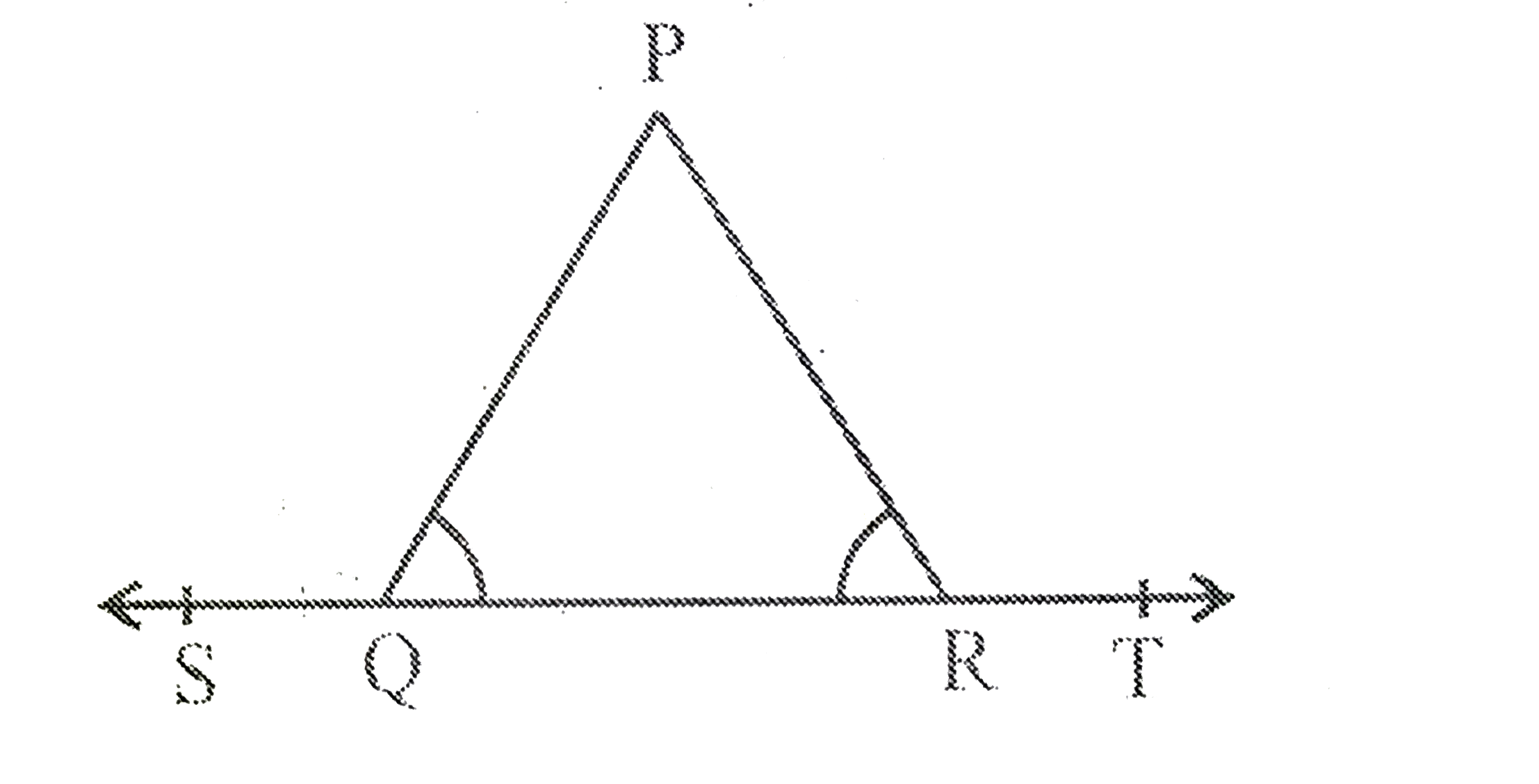If , then show that : .
To prove that if p:q=r:s, then mp+nqq=mr+nss, we can follow these steps:
1. Start with the given ratio:
pq=rs
This is our equation (1).
2. Cross-multiply the ratios:
ps=qr
3. Rearranging the equation:
We can express p in terms of q and r in terms of s:
p=qrs
and
r=psq
4. Add nm to both sides of the original ratio:
pq+nm=rs+nm
5. Finding a common denominator:
The common denominator for both sides is mq and ms:
mp+nqmq=mr+nsms
6. Cross-multiply to eliminate the fractions:
(mp+nq)⋅s=(mr+ns)⋅q
7. Simplifying the equation:
This leads us to:
mp+nq:q=mr+ns:s
8. Final statement:
Thus, we have shown that:
mp+nqq=mr+nss
Conclusion:
Therefore, if p:q=r:s, then mp+nqq=mr+nss is proved.
pq=rs
This is our equation (1).
ps=qr
We can express p in terms of q and r in terms of s:
p=qrs
and
r=psq
pq+nm=rs+nm
The common denominator for both sides is mq and ms:
mp+nqmq=mr+nsms
(mp+nq)⋅s=(mr+ns)⋅q
This leads us to:
mp+nq:q=mr+ns:s
Thus, we have shown that:
mp+nqq=mr+nss
Therefore, if p:q=r:s, then mp+nqq=mr+nss is proved.
Topper's Solved these Questions
- RATIO AND PROPORTION (INCLUDING PROPERTIES AND USES)BOOK - ICSECHAPTER - RATIO AND PROPORTION (INCLUDING PROPERTIES AND USES)EXERCISE - Exercise 7(C )
15 Videos
- RATIO AND PROPORTION (INCLUDING PROPERTIES AND USES)BOOK - ICSECHAPTER - RATIO AND PROPORTION (INCLUDING PROPERTIES AND USES)EXERCISE - Exercise 7(D)
27 Videos
- RATIO AND PROPORTION (INCLUDING PROPERTIES AND USES)BOOK - ICSECHAPTER - RATIO AND PROPORTION (INCLUDING PROPERTIES AND USES)EXERCISE - QUESTIONS
30 Videos
- RATIO AND PROPORTIONBOOK - ICSECHAPTER - RATIO AND PROPORTIONEXERCISE - MULTIPLE CHOICE QUESTION
61 Videos
- REFLECTION BOOK - ICSECHAPTER - REFLECTION EXERCISE - QUESTION
1 Videos
Similar Questions
(a) If r2=pq, show that p:q is the duplicate ratio of (p+r) : (q+r).
(b) If (p−x):(q−x) be the duplicate ratio of p:q then show that : 1p+1q=1r.
View SolutionIf p+r=mq and 1q+1s=mr, then prove that : p:q=r:s .
View SolutionIf pth, qth , rth and sth terms of an AP are in GP then show that (p-q), (q-r), (r-s) are also in GP
View SolutionIf pth, qth, rthand sth terms of an A.P. are in G.P., then show that (p−q), (q−r), (r−s) are also in G.P.
View SolutionIn figure, PQ=PR . Show that PS>PQ.
View SolutionIn Figure, PQ=PR. Show that PS>PQ
View SolutionIf p,q,r,s,t are numbers such that p+q<r+s q+r<s+t r+s<t+p s+t<p+q thn the largest and smallest numbers are
View SolutionIn Fig. 6.15, ∠PQR=∠PRQ, then prove that ∠PQS=∠PRT.

View SolutionIf p,q,r,s are real and pr>4(q+s) then show that at least one of the equations x2+px+q=0andx2+rx+s=0 has real roots.
View SolutionIf PQRS is a square, then write the measure of ∠SRP
View Solution
